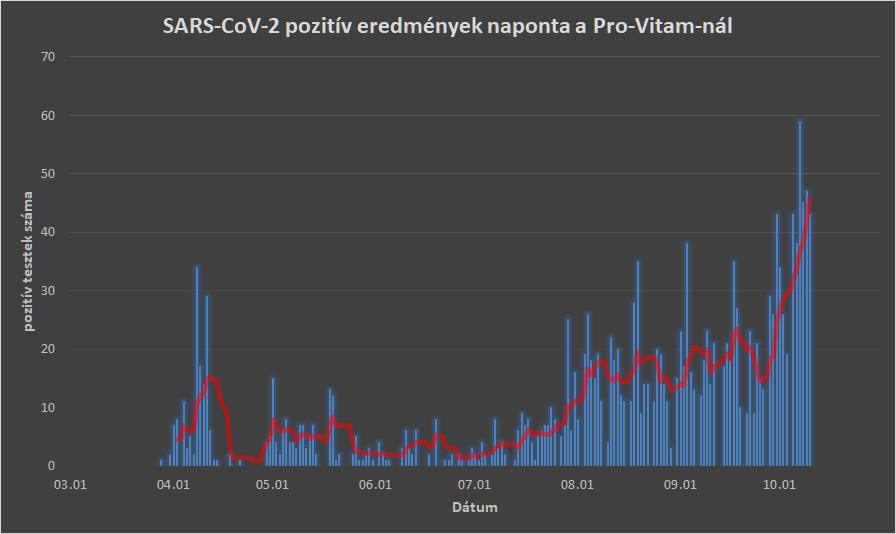So-called superspreader events are likely the cause of the steep progression of the COVID-19 outbreak in Romania, says Szilárd Fejér, a reseacher based in Sepsiszentgyörgy/Sfântu Gheorghe.
In the past few weeks, the number of confirmed coronavirus infections has increased sharply. On October 10, there were 3,517 new cases, which compares to “only” 1,470 as of September 29; the percentage of positive tests has reached 20 percent, Fejér highlights.
The progression is caused by superspreaders or, simply put, unusually contagious individuals infected with COVID-19. In order for someone to qualify for superspreader status, that individual needs to infect more than three people, researchers at Imperial College London have found. This is above the number of people an average infected patient should infect, they say.
People infected with the novel coronavirus who work with many people in a very short period of time without applying the appropriate measures can easily qualify for this unpopular label. “Orphanages, elderly homes, mayors’ offices, employees of opera houses, and companies with a lot of office work are the best examples of superspreading events,” Fejér wrote in a Facebook post. It looks like the superinfection events are those that can be attributed to the spread of the epidemic, which also explains why the epidemic curve of each country is so different from others,” he added.

Japan, Sweden, and South Korea are positive examples of how they combat superspreader events and reduce the infection rate: classes are held online in Sweden, the home office is highly recommended for everyone, and gatherings exceeding 50 people are prohibited. South Korea and Japan are testing aggressively to control COVID-19 epicenters, so superspreaders are identified before they harm society.
So, how can anyone identify and stop superspreaders? The key is contact tracing, which is critical for identifying potential carriers and isolating them and anyone they have been in contact with; this prevents superspreaders from moving around and spreading the virus.
Title image: Pixabay